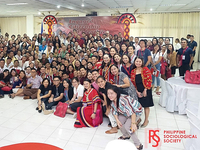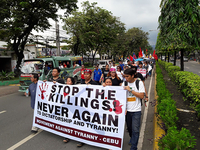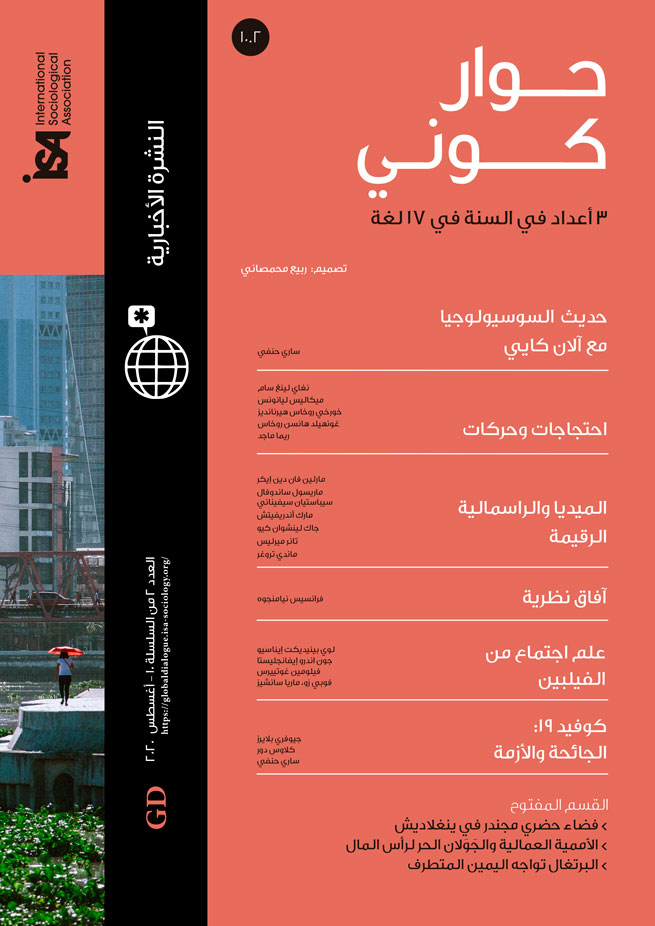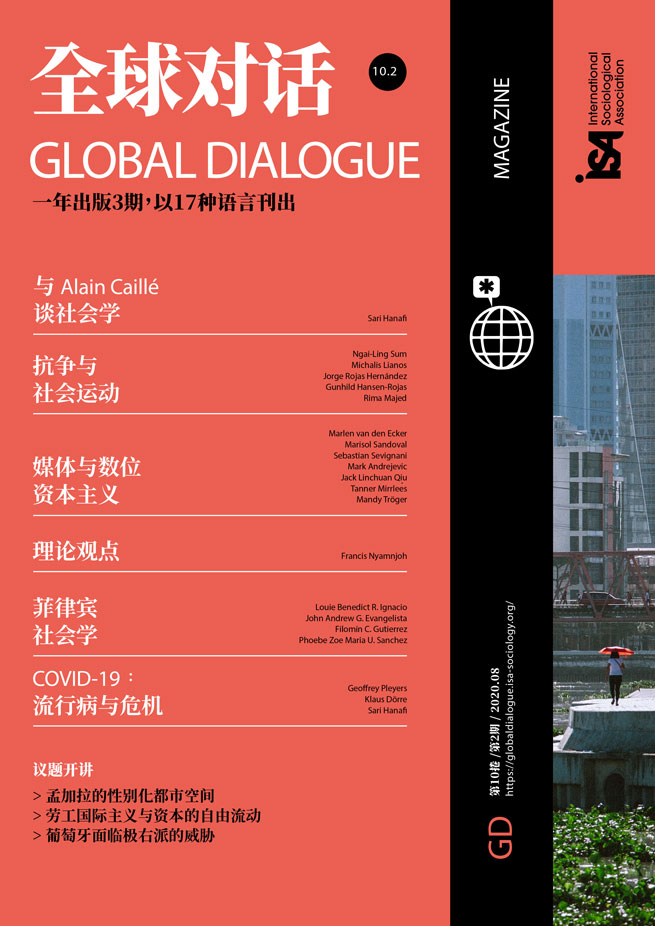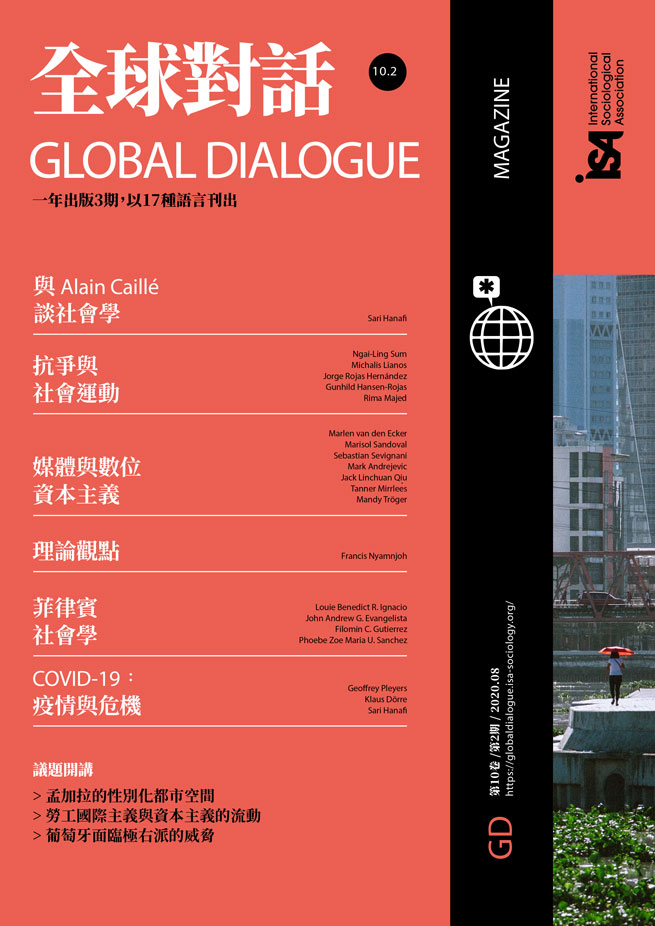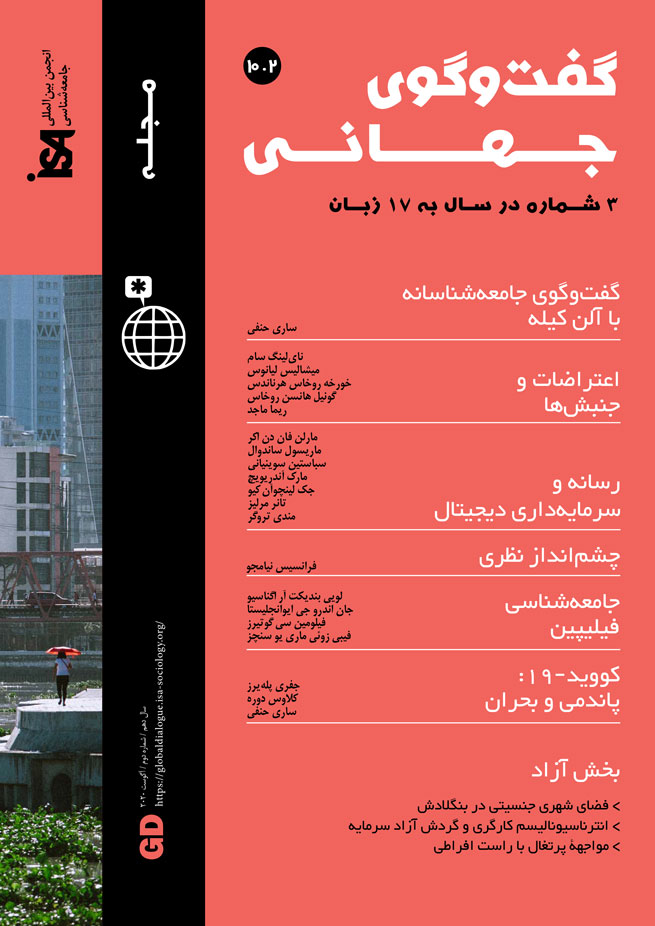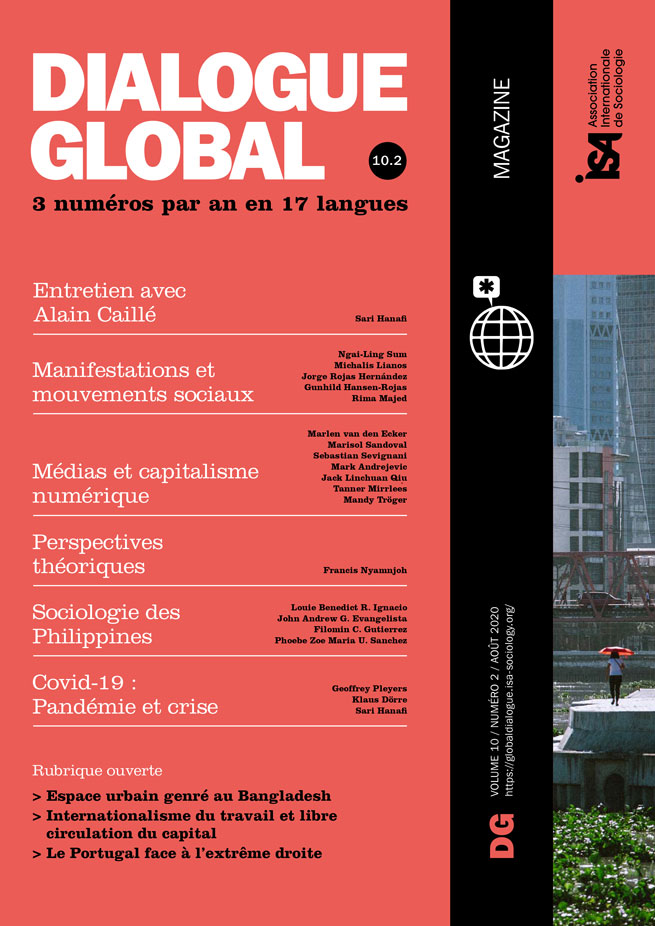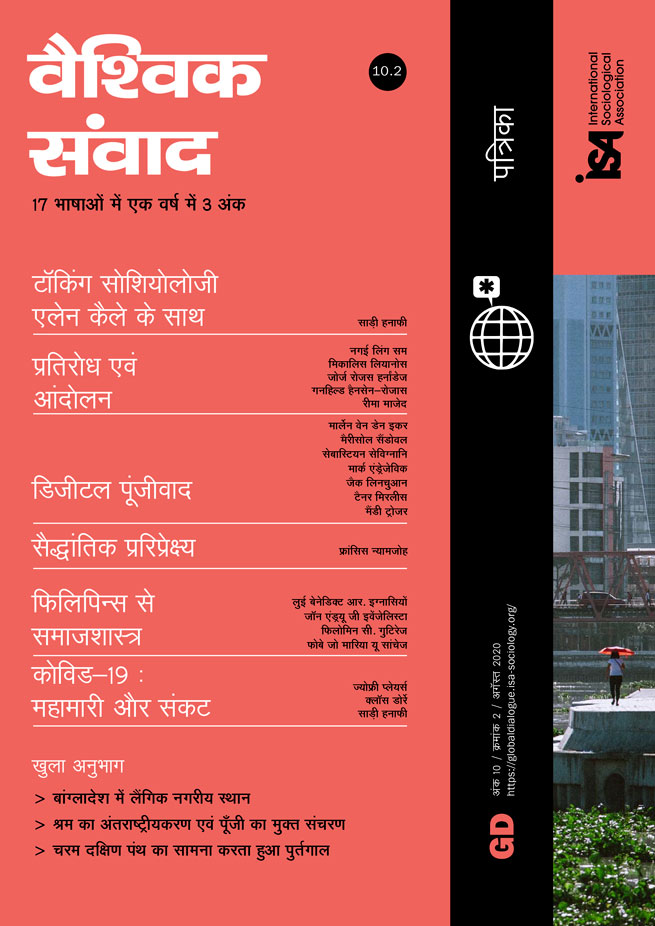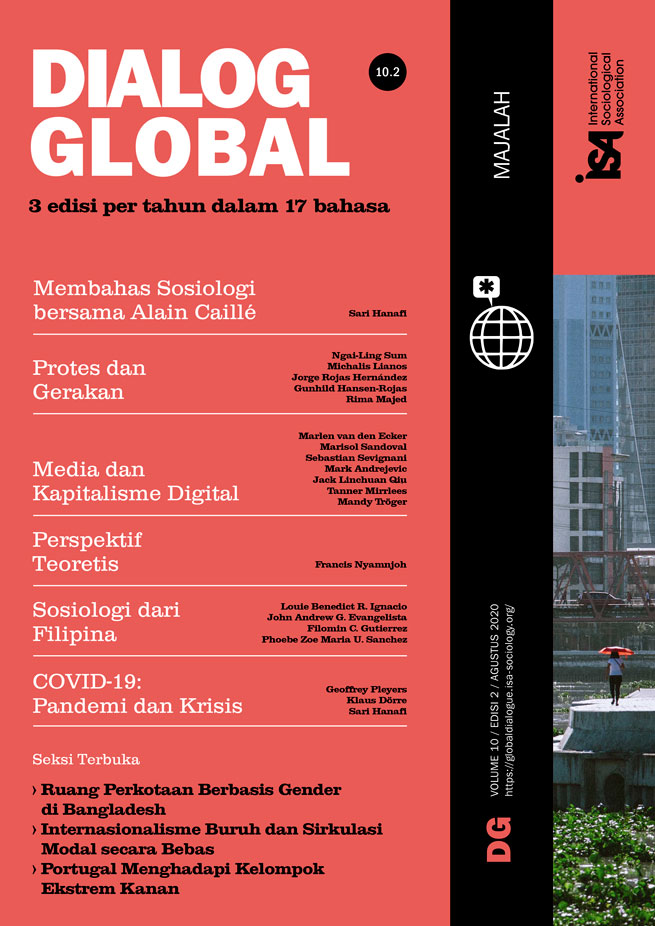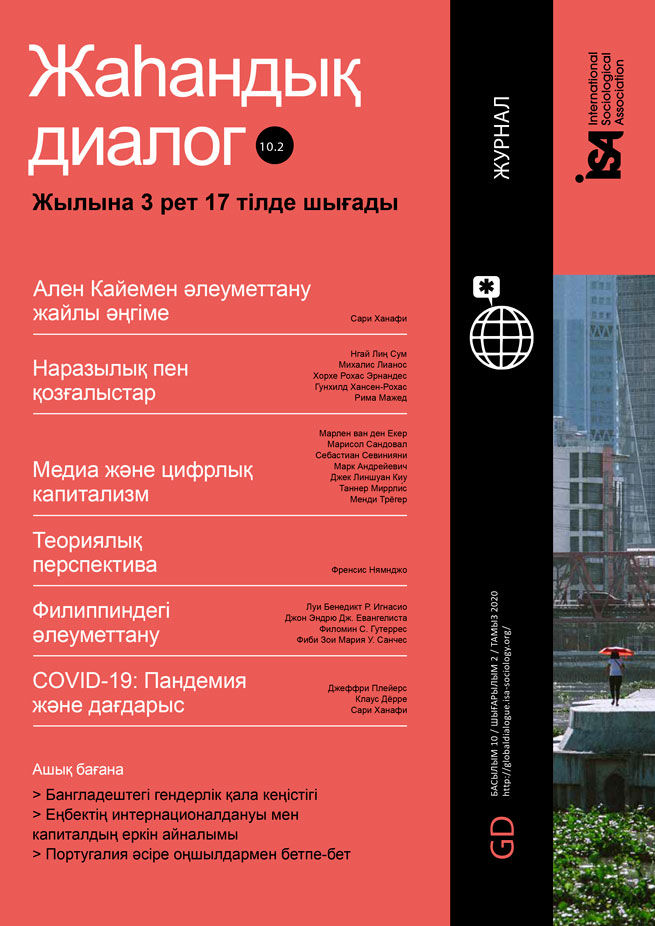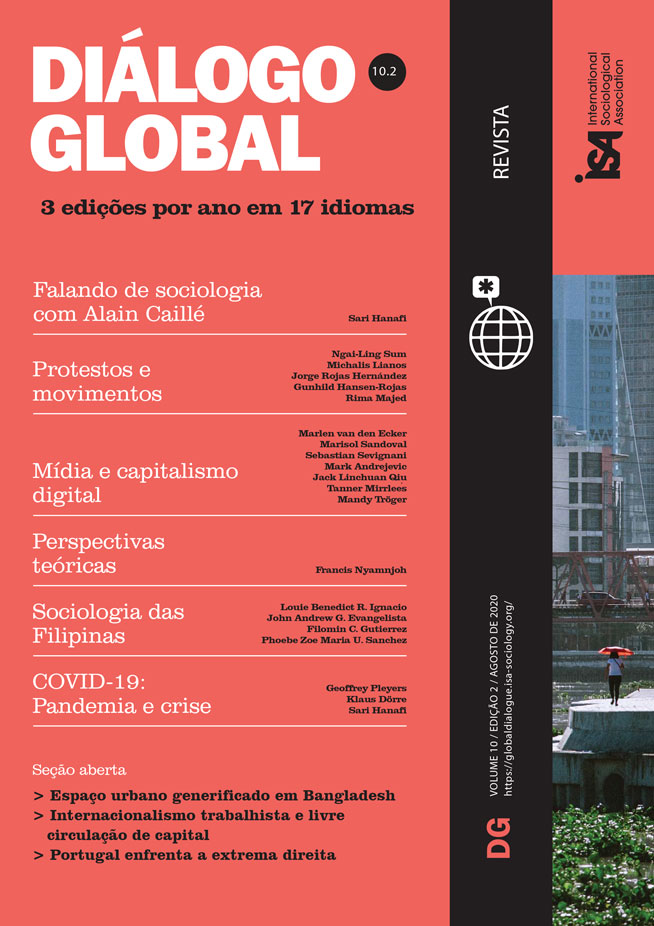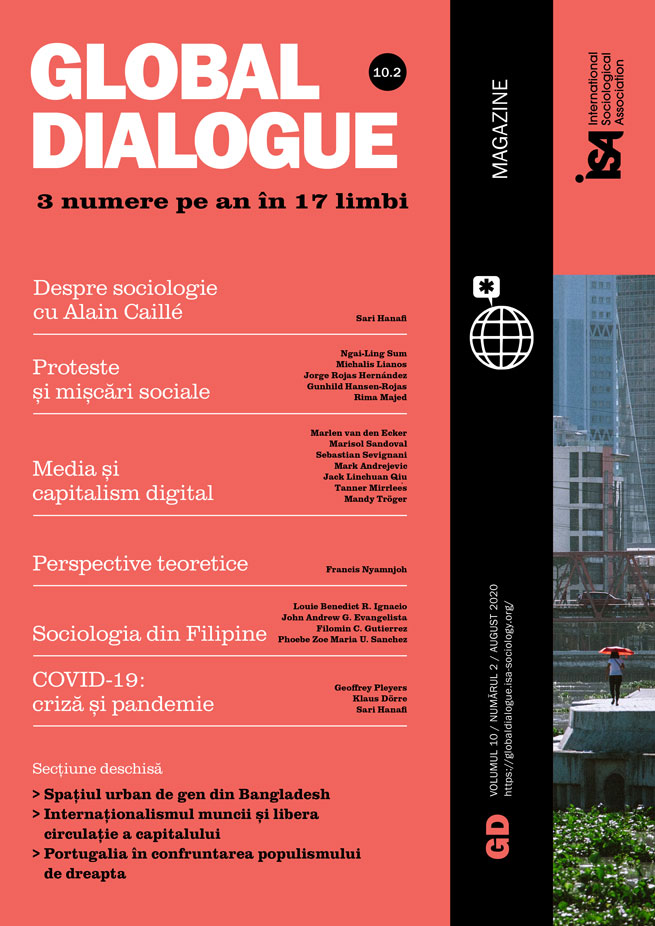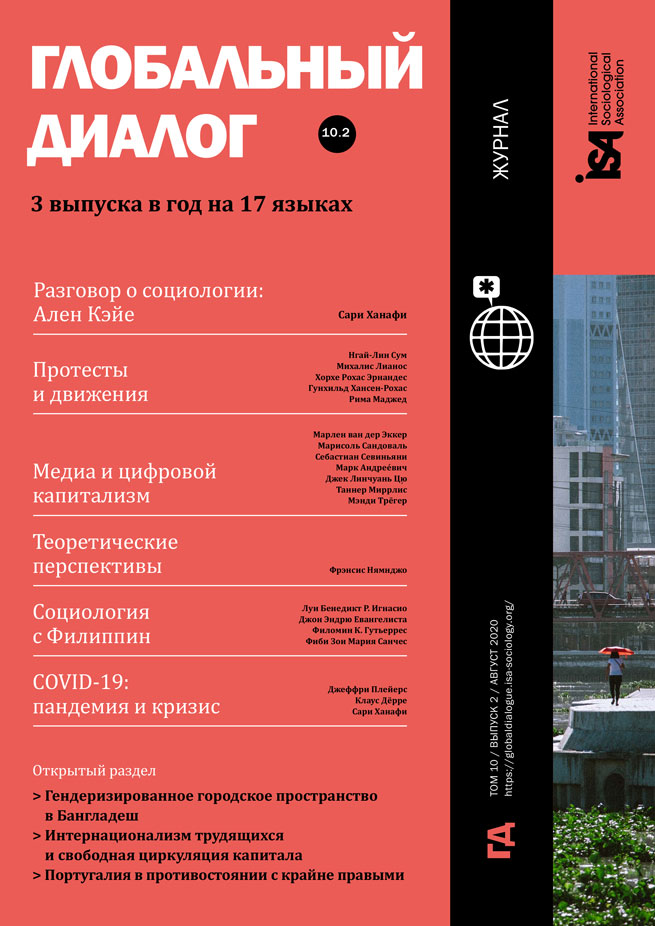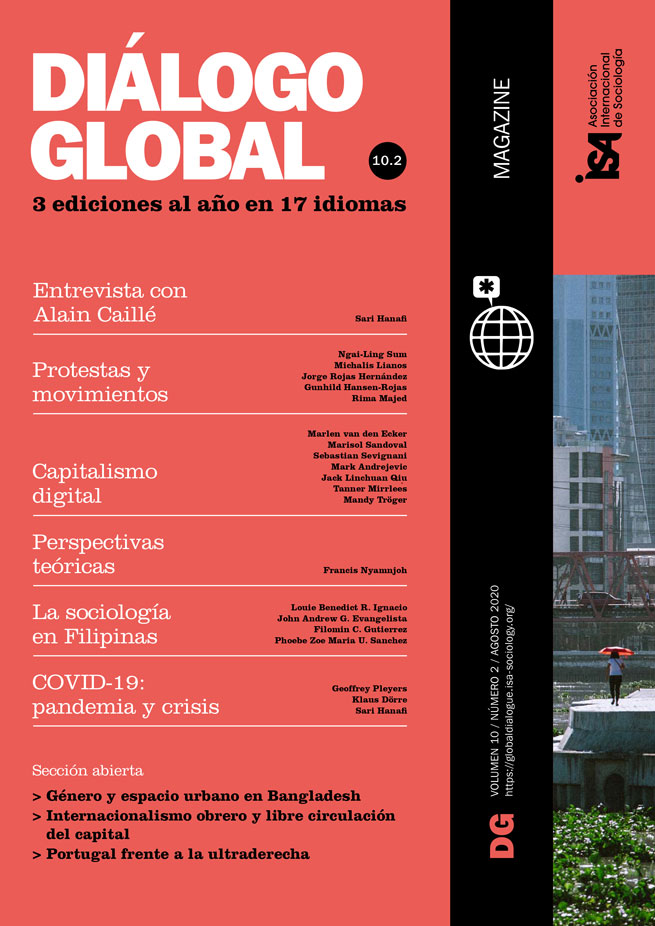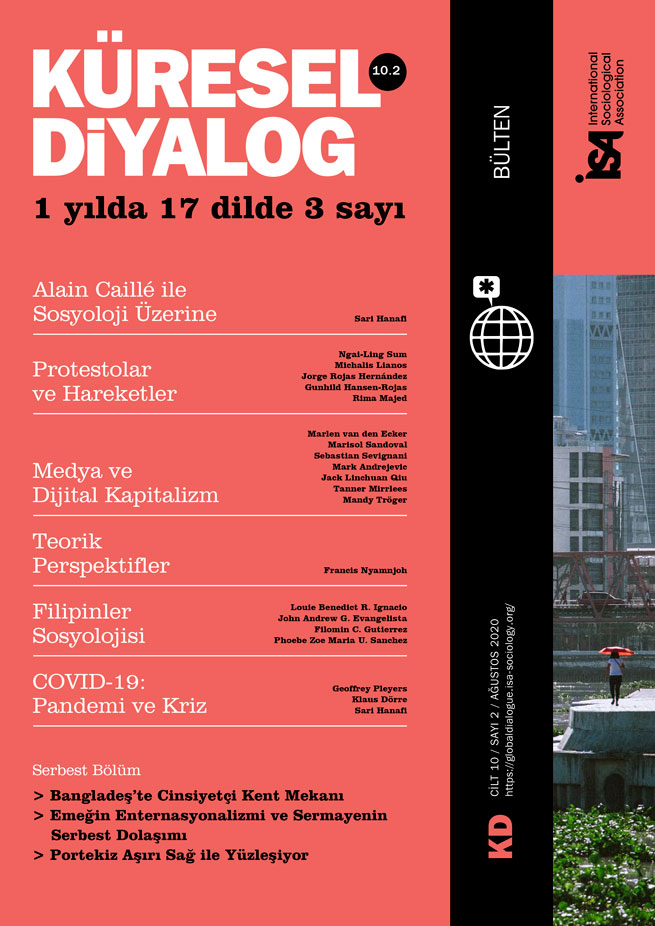When it first emerged as a framework through which society could be examined, queer theory directed our vision towards the understanding, if not the glorification, of the oppositional. To engage the orthodoxy of patriarchy and heteronormativity, it excavated events, moments, identities, and cultures that defy the rigid binaries of gender and sexuality. It searched for logics that subvert existing hierarchies. Within this frame, to be queer is to be suspicious of anything that resembles normality.
Anthropologist Martin Manalansan engaged this conception of queerness by grounding it in messiness. The task is not to merely celebrate subversive acts and thoughts. Instead, the mission is to illustrate the various ways deviance intersects and collides with the normal. Queerness, then, could be understood as those messy spaces where seemingly conflicting logics encounter each other. This provides a viable framework to make sense of the social and historical conditions within which actors confront and negotiate seemingly contradictory meanings, interpretations, and even ideologies.
In his book Global Divas (2003), Manalansan told a compelling story about a Filipino gay man living in New York who appeared to have created a spatial division within his apartment. On one side, there was an altar with Catholic religious symbols while on the other, there were pictures of naked men. The religious legacy of Spanish colonialism in the Philippines travelled to a city providing relative freedom for LGBTQ people. This case demonstrated queerness not only by mapping the messy encounter between gayness and religion. It also brought to light how social and historical conditions contribute in setting up such mess.
Caught up in the middle
Like the messy apartment mentioned above, researchers of queerness often find themselves in spaces of contradictions and conflicts. Often, they feel like being caught up in the middle of opposing interpretations. In my own work on the history of the LGBTQ movement in the Philippines, I found myself standing in the middle of different ideological tensions between activists. It is no secret that social movements are never monochromatic. Carrying various ideologies, activists often read and construct claims in diverse ways. It is these kinds of tensions that researchers of queerness like me encounter as we make sense of LGBTQ movements.
My involvement in Philippine LGBTQ organizing both as a researcher and an activist familiarized myself with the tensions among various segments of the movement. While some foregrounded the need for laws, others associated gender and sexual liberation with the socialist transition. Others recognized homophobia and misogyny as the products of individual consciousness, which prompted them to argue for gender responsive education. Finally, a segment of the movement also recognized the intersections of issues. Thus, they avoided arguments that center on one cause and one solution.
These tensions could be understood within the queer lens. The existence of various ideologies within the movement quintessentially characterizes the movement as messy, as diverse ideological logics encounter each other. This is particularly observable during Pride marches in Metro Manila. Marchers carry various claims formed within specific ideologies. While some are calling for the passing of specific anti-discrimination laws, others also foreground the need for a transformation of the current economic system. Others even bring calls to end labor contractualization (short-term employment practice) while corporate contingents are visibly partying and dancing.
One can make sense of such tensions and messes by understanding the social and historical conditions within which the movement emerged. LGBTQ organizations started to form a few years after the fall of the Marcos dictatorial regime in 1986 that resulted from massive and sustained protests. No longer preoccupied with the ultimate goal of toppling the dictatorial regime, activists started to venture into various advocacies. The institution of the 1987 Constitution centered on protecting civil rights hastened the formation of legal organizations working on a wide array of issues, including sexual and gender justice, among others.
Along with this opportunity to organize was an ideological split in the Philippine Left. On the one hand, a segment maintained that feudalism remained the force fueling oppression. On the other hand, some groups deviated from such a reading as they recognized political openings and took advantage of them to fight for a progressive agenda. Organizations that refused to look at issues from a purely class analysis also emerged. Situated in various segments of the Philippine Left, LGBTQ activists were socialized in different political persuasions, which hastened the ideological variety within the movement.
The currency of queerness
Amid these contending voices, queer theory could help in facilitating conversations within a movement polarized by ideologies. The tendency of some LGBTQ organizations is to refuse conversations with other organizations especially when they do not align with their respective persuasions. These attitudes and behaviors stem largely from the logic that ideological differences are essential, natural, and given. Some even expressed to me that attempts at bridging will more often than not fail since ideologies are so entrenched that they will always preclude positive perceptions about particular groups.
I find the queer lens to be a viable frame of thinking in this context. Instead of looking at political persuasions as naturally contradictory, I interpret their differences as historical products. The currency of this queer thinking lies in its capacity to develop empathy towards activists carrying different ideologies. To heed the call for queerness is to be tactical in the course of actions. We need to shift from understanding ideological contradictions as given to looking at them as products of specific histories. Only then can we deploy one ideology that works for the moment while not being stifled from utilizing another, should the need arise.
John Andrew G. Evangelista, University of the Philippines Diliman, Philippines, and member of ISA Research Committee on Women, Gender, and Society (RC32) <jgevangelista@up.edu.ph>
